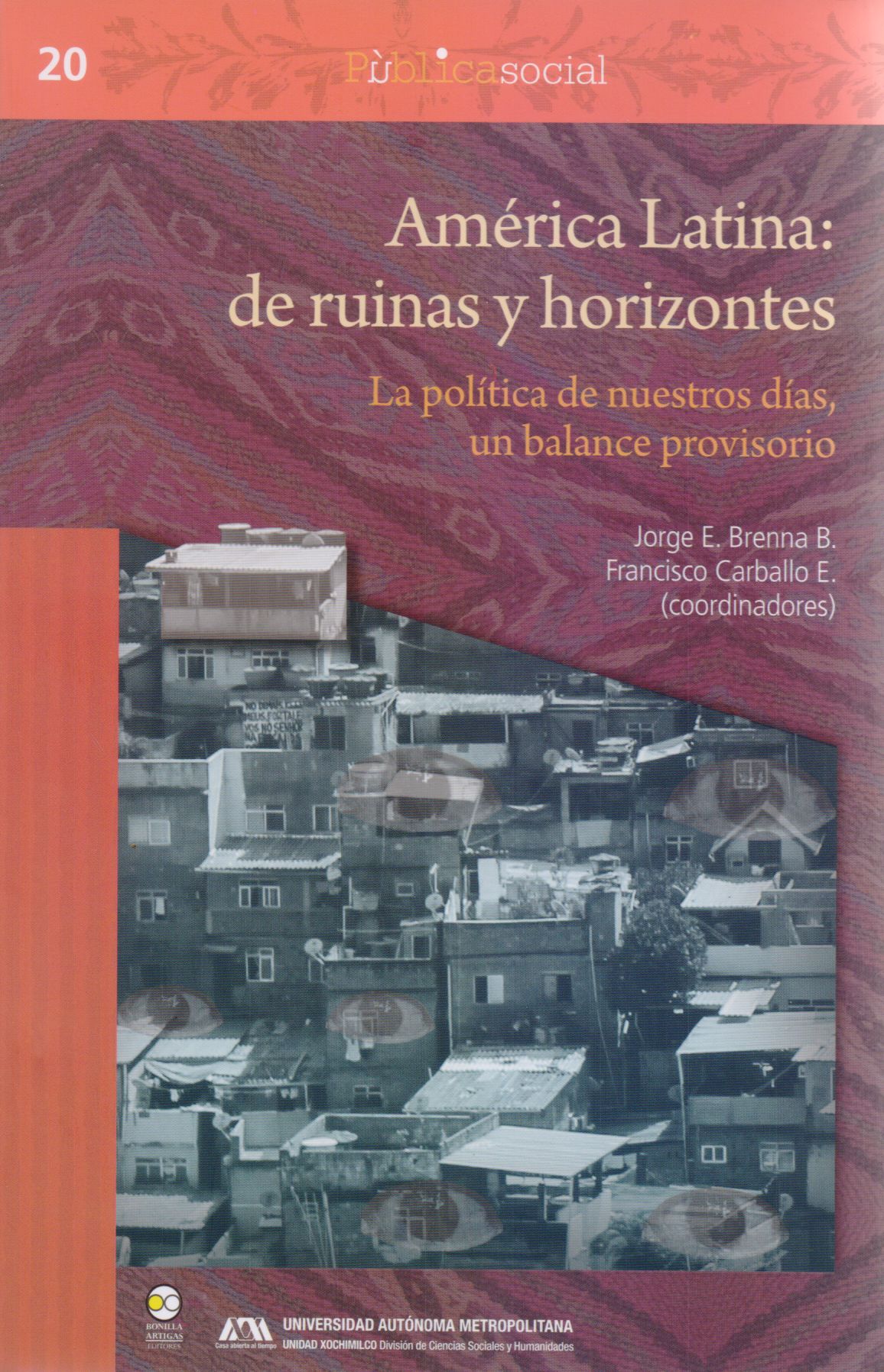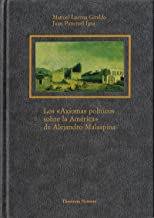Libros relacionados
 |
Nuestro Cónsul en Lima. Diplomacia Estadounidense Durante el Congreso Anfictióni De la Reza, Germán A. Bonilla Artigas Editores |
 |
Desafío de la Democracia, El: un Balance de la Argentina Contemporánea Gaggero, Horacio / Iriarte, Alicia / Roitberg, Humberto Ediciones del Signo |
 |
América Latina: de Ruinas y Horizontes. La Política de Nuestros Días, un Balance Brenna B. , Jorge / Carballo E. , Francisco (Coordinadores) Bonilla Artigas Editores |
 |
<<axiomas Políticos Sobre la América>> Los: de Alejandro Malaspina Lucena Giraldo, Manuel / Pimentel Igea, Juan Doce Calles |
 |
Ensayo Político Sobre la Isla de Cuba (Alejandro de Humboldt) Puig-Samper, Miguel Ángel / Naranjo Orovio, Consuelo Doce Calles |
 |
Narratives Of Identity In Social Movements, Conflicts And Change Hancock, Landon Emerald Group Publishing Ltd . |
 |
Política Económica: Elaboración, Objetivos e Instrumentos Cuadrado, Juan / Mancha, Tomás / Villena, José / Casares, Ja Mc Graw Hill Educacion |


|
Título: Queer. Documents Of Contemporary Art | |
| Autor: V. A. | Precio: $624.00 | |
| Editorial: The Mit Press | Año: 2016 | |
| Tema: Politica | Edición: 1ª | |
| Sinopsis | ISBN: 9780262528672 | |
| Historically, "queer" was the slur used against those who were perceived to be or made to feel abnormal. Beginning in the 1980s, "queer" was reappropriated and embraced as a badge of honor. While queer draws its politics and affective force from the history of non-normative, gay, lesbian, and bisexual communities, it is not equivalent to these categories, nor is it an identity. Rather, it offers a strategic undercutting of the stability of identity and of the dispensation of power that shadows the assignment of categories and taxonomies. Artists who identify their practices as queer today call forth utopian and dystopian alternatives to the ordinary, adopt outlaw stances, embrace criminality and opacity, and forge unprecedented kinships, relationships, loves, and communities.
Rather than a book of queer theory for artists, this is a book of artists' queer tactics and infectious concepts. By definition, there can be no singular "queer art." Here, in the first Documents of Contemporary Art anthology to be centered on artists' writings, numerous conversations about queer practice are brought together from diverse individual, social and cultural contexts. Together these texts describe and examine the ways in which artists have used the concept of queer as a site of political and institutional critique, as a framework to develop new families and histories, as a spur to action, and as a basis from which to declare inassimilable difference |
||
Librería Bonilla SA de CV © Todos los derechos reservados. 2019
Última actualización: Jul 2019





